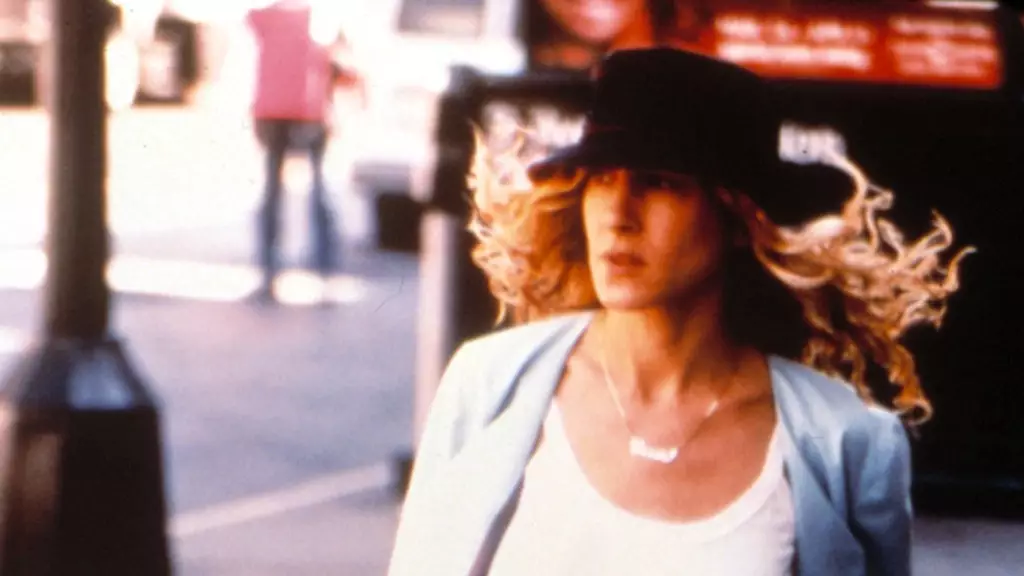Sarah Jessica Parker is eternally synonymous with Carrie Bradshaw, the fashion-forward columnist who captured the nuances of modern womanhood in “Sex and the City.” However, there was a pivotal moment in her career when she nearly walked away from the role that would define her. In an insightful discussion with her co-star Kristin Davis on the podcast “Are You a Charlotte?”, Parker shared her initial reluctance about committing to a long-running television series. Filming the pilot was enjoyable, but when HBO greenlit the show, Parker’s excitement rapidly transformed into dread.
Parker’s apprehension stemmed from a deeply ingrained fear that a steady television role would box her in, limiting her freedom as an artist. With prior experience in shorter television series, the idea of a long commitment felt suffocating. Her fear was illustrative of a common anxiety among artists—the struggle between securing stability in one’s career and preserving the ability to explore diverse creative avenues. She articulated this sentiment poignantly: “It felt like somebody was putting their hand over my mouth.” Such a powerful metaphor evokes the very real fears that creatives face when confronted with the permanence of success.
Reevaluating the Definition of Success
In a quest for self-actualization, Parker’s decision to pursue a variety of projects beyond television demonstrates a broader critique of how the industry views success. For her, the concept of “having it all” was about embracing versatility—juggling film, stage, and guest roles, rather than chaining herself to a single character for years. This perspective challenged the traditional narrative of fame: the idea that one should constantly seek larger roles, whether they be in film or television.
In an era where the notion of success often means gaining unprecedented fame, Parker’s story offers a refreshing perspective. It acknowledges that personal fulfillment and artistic growth sometimes trump mainstream appeal. She knew that committing to a lengthy series could derail her broader artistic ambitions, a feeling that resonates widely with many artists battling against industry expectations.
Transformation Through Collaboration
The turning point in Parker’s journey came with her meeting Patricia Field, the iconic costume designer behind “Sex and the City’s” memorable wardrobe. This collaboration opened her eyes to the creative potential of the series, transforming it from a heavy burden into an exciting new adventure. This change illustrates the transformative power of collaboration in creative fields, where the intersection of different artistic visions can yield unexpected possibilities.
“Endless possibilities” quickly became the mantra that characterized Parker’s subsequent relationship with the show. What initially felt like a limitation morphed into a legacy. Her commitment to the series not only extended her career but also paved the way for her enduring influence on television and fashion. Moreover, it highlights the idea that collaboration can rehabilitate one’s perception of their work, changing it into something fulfilling and dynamic.
The Cultural Impact of Sex and the City
Ultimately, “Sex and the City” became more than a television show; it emerged as a cultural phenomenon. Its insights into friendship, love, and female empowerment transcended mere entertainment and sparked conversations around women’s autonomy and self-expression, particularly in the context of modern relationships. The series brought forth the significance of female friendship, showcasing the multifaceted experiences of women navigating life.
Parker’s portrayal of Carrie Bradshaw offered viewers a relatable lens through which they could explore their own lives. Her character’s journeys mirrored many women’s experiences in love and career, providing a platform for conversations about societal expectations and personal identity. The show reclaimed spaces for women’s voices, allowing a generation to find community through shared narratives and experiences.
This intricate tapestry woven by Parker and her co-stars redefined narrative storytelling in television, fostering a deeper understanding of womanhood in contemporary America. Hence, the show, and Parker’s role within it, reshaped not only pop culture but also the attitudes surrounding women’s stories, making it a vital piece of cultural history.
What began as hesitation transformed into a career-defining moment for Parker, revealing her extraordinary adaptability and resilience as an artist, reshaping her legacy in ways she never initially anticipated.
